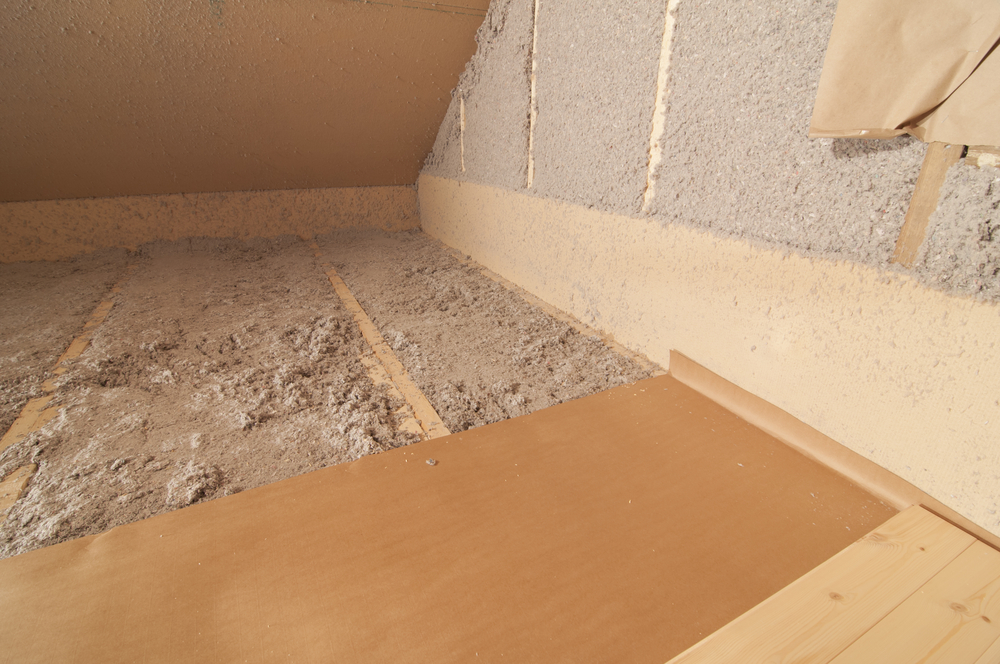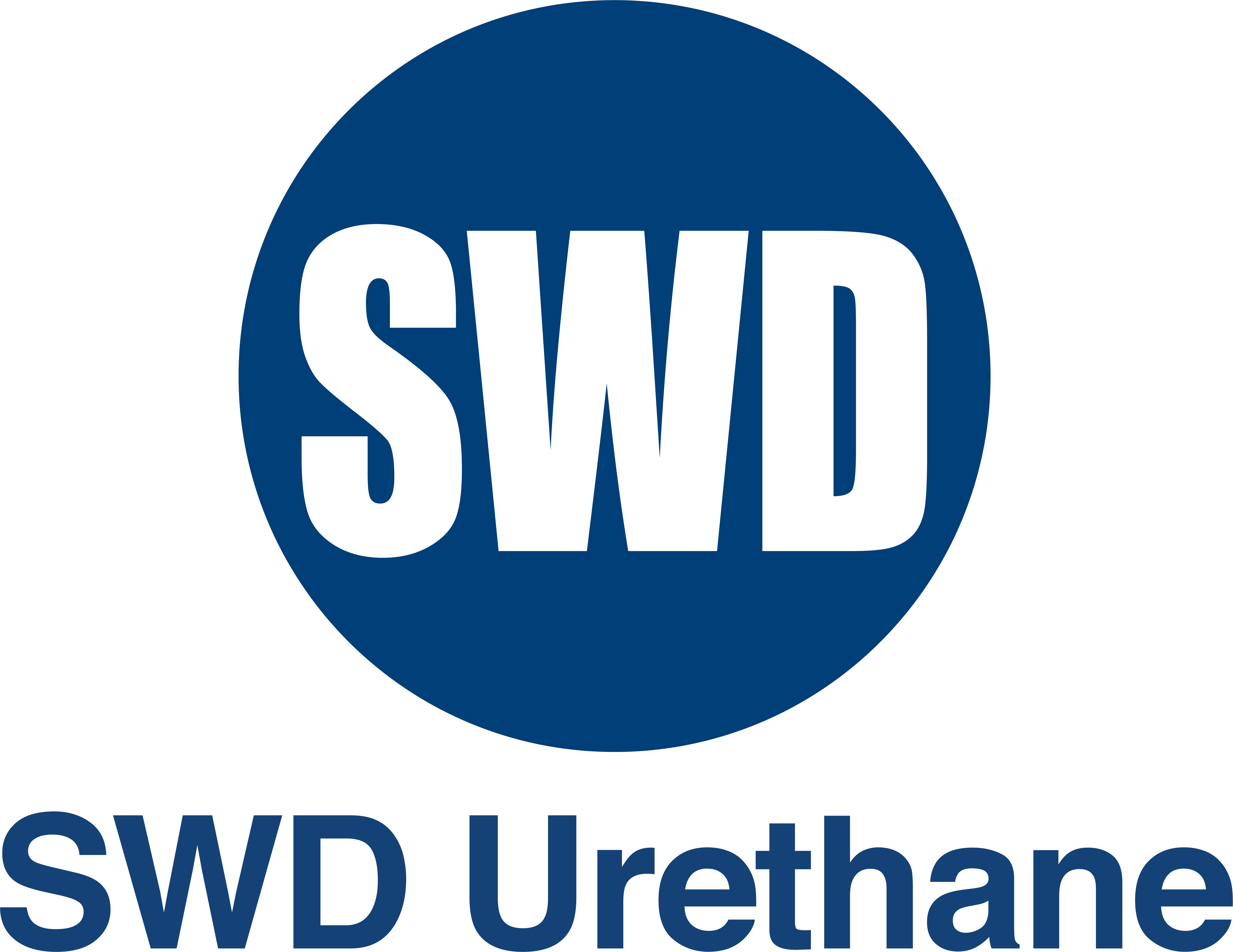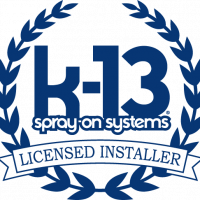
When it comes to insulating homes in California, one of the most common questions homeowners and builders face is whether to use batt insulation or roll insulation. Both materials serve the same purpose – improving the energy efficiency of a home by providing thermal resistance – but they do so in slightly different ways. Understanding the differences between batt and roll insulation can help you make an informed decision about which is best suited to your needs. This blog will explore the key differences between batt insulation and roll insulation, their advantages and disadvantages, and which one is most suitable for California’s climate and building styles.
What Is Batt Insulation?
Batt insulation is a type of pre-cut insulation that typically comes in large panels or blankets. These panels are made from fibrous materials such as fiberglass, cotton, or mineral wool, and are designed to fit snugly between studs, joists, and beams in walls, attics, and floors. Batt insulation is usually available in standard sizes, such as 15 inches or 24 inches wide, to fit between standard framing distances. One of its most popular forms is fiberglass batt insulation, which has been a staple in the industry for many years due to its relatively low cost and good thermal performance.
Batt insulation is often preferred for its ease of installation. It can be placed by hand in the spaces between studs, and its rigid form ensures a tight fit. This insulation can also be easily cut to fit around obstacles like pipes, wiring, and electrical boxes, making it versatile in a variety of building applications. However, there are some limitations to batt insulation. It can be challenging to install correctly in areas with irregular shapes or framing that doesn’t align with the standard spacing. Additionally, if not installed properly, batt insulation can suffer from gaps that reduce its effectiveness.
What Is Roll Insulation?
Roll insulation is similar to batt insulation in that it is also made from fibrous materials such as fiberglass or mineral wool. However, the main difference is that roll insulation comes in long, continuous rolls rather than pre-cut panels. This allows the material to be unrolled and cut to size on-site, providing a more flexible option for insulation installation. Roll insulation is commonly used in large, open spaces like attics, where the material can be rolled out across large expanses of floor space. Like batt insulation, roll insulation offers effective thermal performance, but its ability to cover large areas quickly is one of its main advantages.
Roll insulation is often preferred in large-scale projects because it can cover more area in a shorter amount of time. Since it comes in rolls, it is easier to fit into wide spaces and can be cut to match any space size. This flexibility makes it particularly popular for use in attics and open wall spaces where large swathes of insulation are required. However, roll insulation can be more difficult to handle in tight, confined areas or around obstacles like pipes and wiring, where cutting and fitting the material can be more time-consuming.
The Differences Between Batt and Roll Insulation
While batt and roll insulation are both used for similar purposes, they each have specific advantages and applications. The key difference between the two is the way they are sold and installed. Batt insulation is pre-cut and designed to fit into standard framing spaces, making it ideal for smaller, more confined areas such as walls and ceilings with regular framing. Roll insulation, on the other hand, is available in continuous lengths, which makes it easier to cover larger areas such as attics and floors.
Another key difference lies in installation. Batt insulation requires more precise cutting and fitting, especially in areas with irregular or custom framing. It is easy to install in standard spaces but can be challenging in complex configurations. Roll insulation, being flexible and continuous, is easier to cut and install in open areas but can be more difficult to handle in tight spaces.
When considering energy efficiency, both batt and roll insulation perform similarly when installed properly. Both types of insulation are rated by their R-value, which measures their ability to resist heat flow. The higher the R-value, the better the insulation’s performance. In California, the most common R-value recommendations for homes are between R-19 and R-38, depending on the climate zone. Both batt and roll insulation can meet these requirements, but the key to maximizing their effectiveness is in how well they are installed.
Advantages of Batt Insulation
Batt insulation offers a number of advantages that make it a popular choice in many applications. First and foremost, it is relatively easy to install, especially in standard wall cavities where the framing distances are regular. Its pre-cut nature ensures a good fit, and it can be quickly inserted between studs, joists, and beams. This ease of installation makes batt insulation a great option for DIY homeowners or contractors working in spaces with standard measurements.
Another benefit of batt insulation is its versatility. It is available in a wide range of materials, including fiberglass, cotton, and mineral wool, giving homeowners the option to choose the type of insulation that best suits their needs. For example, fiberglass batt insulation is a cost-effective option that provides good thermal and acoustic resistance, while cotton batt insulation offers an environmentally friendly alternative.
Batt insulation is also highly effective at reducing noise transmission between rooms, making it an ideal choice for areas where soundproofing is a priority, such as between bedrooms or home offices. Additionally, batt insulation is available in various thicknesses, allowing homeowners to adjust the insulation’s R-value depending on their specific climate zone in California.
Advantages of Roll Insulation
Roll insulation has its own set of advantages, especially when it comes to covering large areas. One of its biggest benefits is the ability to quickly cover expansive spaces, such as attics and floors. The continuous nature of the roll allows it to be unrolled across large areas, saving time and reducing the need for frequent cuts. This makes it an ideal choice for new construction or large renovation projects.
Roll insulation also offers a level of flexibility that batt insulation cannot match. It can be cut to any desired length, allowing for precise coverage in spaces with unusual shapes or measurements. Additionally, roll insulation is typically easier to handle and install in larger, open spaces where it is not necessary to fit it around tight or irregular shapes.
Another benefit of roll insulation is its ability to be layered for increased R-value. Homeowners looking to increase the thermal resistance of their homes in cooler parts of California may choose to install multiple layers of roll insulation. This makes it a good choice for homes in areas with more extreme temperatures, such as the mountains or northern regions.
Which Is Best for California?
Choosing between batt insulation and roll insulation in California largely depends on the specific requirements of your home and its location. California’s climate varies greatly, with coastal areas experiencing mild temperatures and inland areas encountering more extreme heat. Homes in coastal regions may benefit from batt insulation, especially in walls and attics, where the insulation can be custom-fit to standard framing distances. In areas with more extreme temperatures, such as the mountains, roll insulation may be a better choice due to its ability to be layered for added R-value and its flexibility in larger, open spaces.
Another factor to consider is the style of your home. If you’re working with a more traditional or compact home with standard framing, batt insulation may be easier to install and provide a better fit. However, if you have a larger home with open spaces or unconventional layouts, roll insulation can be more effective for covering large expanses quickly and efficiently.
Ultimately, both batt and roll insulation can offer excellent energy efficiency when installed correctly, but the decision will come down to the specifics of your home’s design, the climate in your region of California, and the areas you need to insulate. Consulting with a professional insulation contractor can help you determine the best option for your particular needs and ensure that your insulation is properly installed for maximum performance.
Need Insulation Near You?
Since 2001, Ace Insulation Inc. has been your premier insulation experts. We take pride in being locally owned and operated as well as offering high-quality service. We specialize in the installation of insulation. Whether you are building a new home or renovating your existing space, we are the place to call. We have many materials to choose from, including fiberglass and spray foam. If you are looking for high-quality work, call us today to schedule your next consultation!


